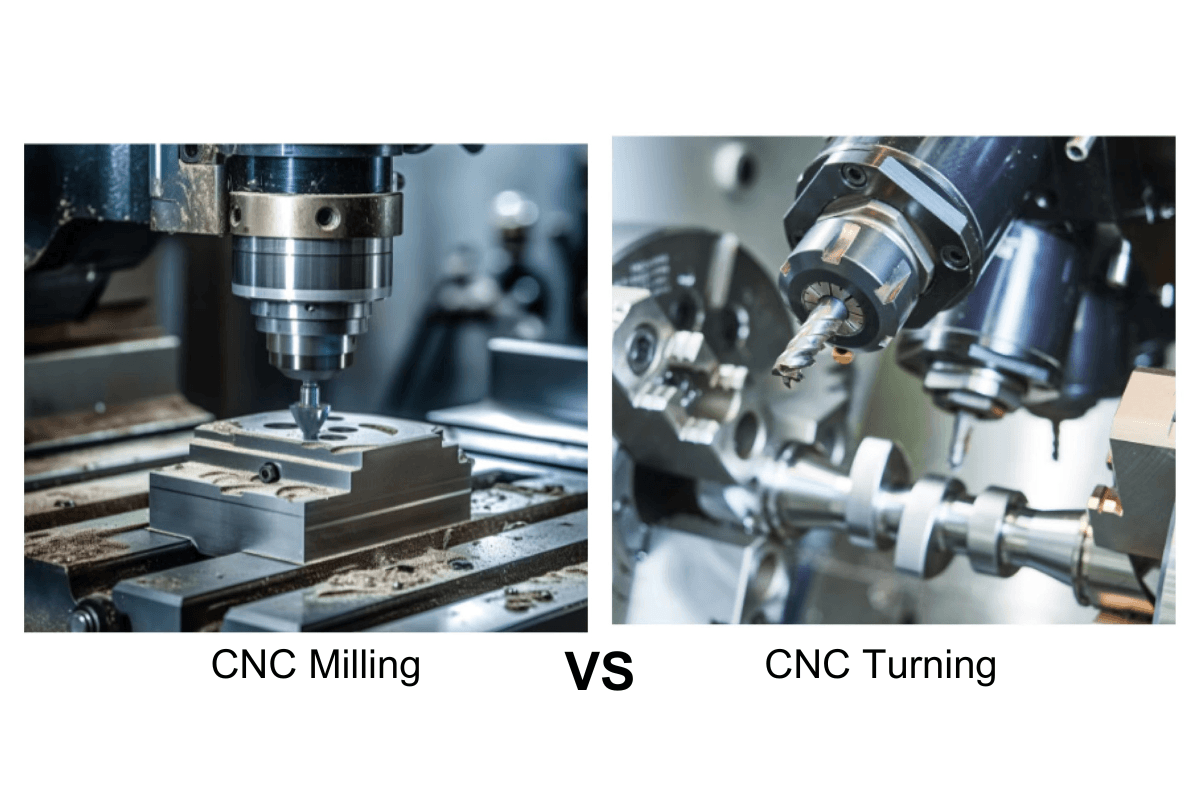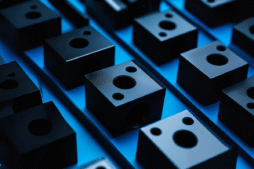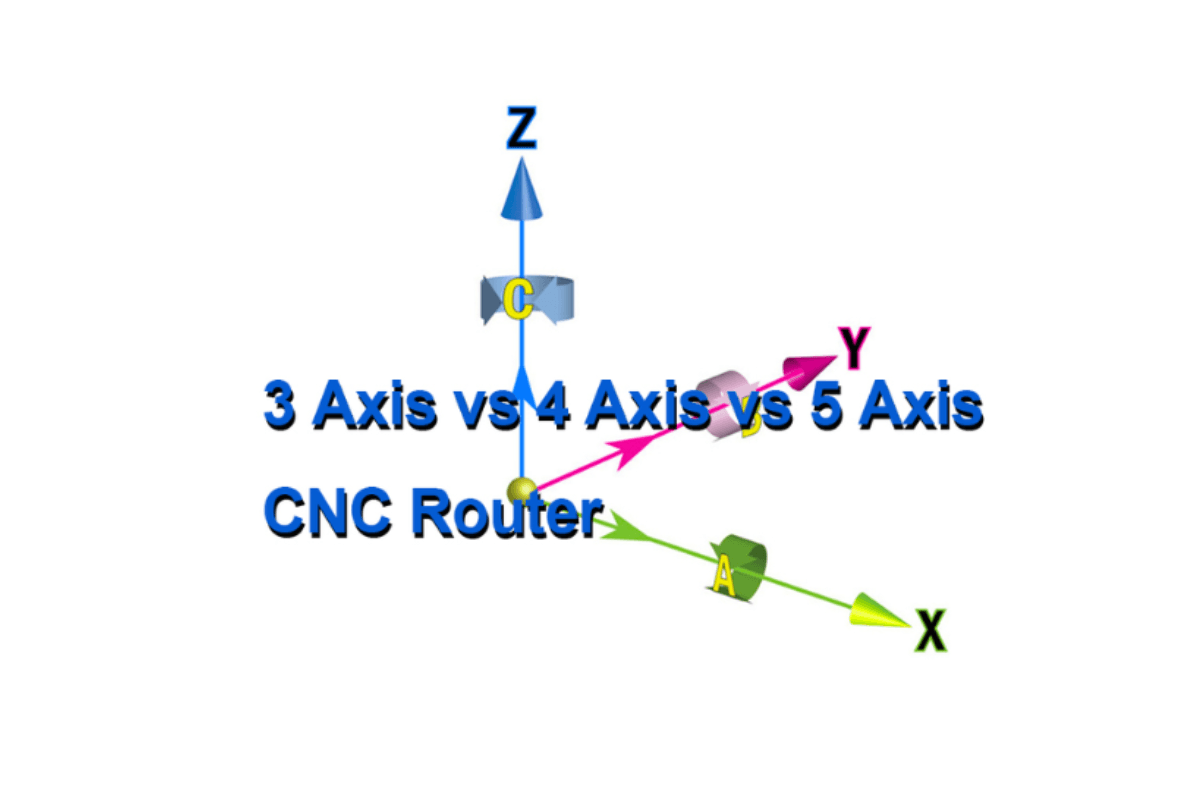はじめに: 旋盤加工とフライス盤加工の違いを理解することの重要性
機械加工業界では、旋盤と CNCフライス加工 は基本です。これら 2 つの重要なプロセスは、それぞれ独自の機能、利点、制限を備え、現代の工業生産のバックボーンを形成しています。これらの違いを理解することは、最適な部品設計、効率的な生産計画、コスト効率の高い運用、品質保証、技術の進歩への適応に不可欠です。これらのコアとなる機械加工プロセスを理解することで、メーカーは情報に基づいた意思決定を行い、ワークフローを最適化し、高品質の製品を提供できます。これは、機械加工のダイナミックな世界で成功するための基礎となります。
旋盤加工
a. 旋盤加工の定義と基本原理
旋盤加工は、旋盤機械を使用して材料を除去してワークピースを成形する加工技術です。ワークピースは固定された切削工具に対して回転し、円筒形の部品の作成や、旋削、面取り、穴あけ、ねじ切りなどの操作が可能になります。
b. 旋盤の種類(例:手動、CNC、スイス型)
旋盤機械はさまざまなタイプに分類でき、それぞれがさまざまな製造要件を満たす独自の機能を備えています。これには、手動旋盤、CNC (コンピュータ数値制御) 旋盤、スイス型旋盤が含まれます。
手動旋盤は手動で操作され、オペレーターがツールの動きを制御し、速度と送り速度を調整します。一方、CNC 旋盤はコンピューター制御で、精度、再現性が向上し、複雑な加工シーケンスを実行できます。スイス型旋盤は、小型の精密部品を生産するように設計された特殊な機械で、加工プロセス中にワークピースをサポートするガイド ブッシングを備えています。
適切な旋盤タイプの選択は、部品の複雑さ、生産量、必要な自動化および制御のレベルなどの要因によって異なります。
c. 旋盤で行われる典型的なワークピースと操作
旋盤は主に円筒形のワークピースを加工するために使用され、さまざまな操作を実行します。
i. 旋削: 回転するワークピースの外面から材料を除去して、テーパー、溝、プロファイルなどの特徴を作成します。
ii. 面削り: ワークピースの端または肩を機械加工して平らな面を作ります。
iii. ボーリング:ワークピースの内面に穴を開けたり、穴を拡大したりすること。
iv. ねじ切り: ワークピースの表面にらせん状の溝を生成して、内ねじまたは外ねじを作成します。
これらの旋盤操作の汎用性により、単純なシャフトから複雑な回転部品まで、幅広い部品の製造が可能になります。
d. 旋盤加工の利点
i. 円筒形部品を作成する能力: 旋盤は、さまざまな円筒形のワークピースを高い精度と一貫性で製造するのに優れています。
ii. 大量生産に効率的: 旋盤は大量生産に適しており、コスト効率が高く効率的な生産を可能にします。
iii. 幅広い部品を生産できる汎用性: 旋盤はさまざまな操作を実行できるため、多種多様な回転部品を製造するための多用途のツールになります。
e. 旋盤加工の限界
旋盤には数多くの利点がありますが、固有の制限もいくつかあります。
i. 複雑な形状の作成の難しさ: 旋盤は主に円筒形の部品を製造するために設計されているため、より複雑な幾何学的形状を作成するのは困難です。
ii. 正確な内部特徴を生成する際の制限: 旋盤では、ワークピース内の複雑な内部特徴を加工する際に、高い精度を達成する上で制限に直面する場合があります。
フライス加工
a. 製粉の定義と基本原則
フライス加工 回転する多歯切削工具を使用して、固定されたワークピースから材料を除去します。この方法により、複雑な形状や詳細な機能を作成できます。
フライス加工の基本原理は、回転する切削工具と固定されたワークピース間の制御された相互作用です。フライス盤が高速で回転すると、ワークピースから材料が正確かつ制御された方法で除去され、さまざまな形状や特徴を加工できます。
b. フライス盤の種類(例:垂直、水平、CNC)
フライス盤はいくつかのタイプに分類でき、それぞれに独自の特徴と用途があります。
垂直フライス盤: これらのフライス盤は垂直方向のスピンドルを備えており、複雑な部品の加工や深い空洞やスロットの作成が可能です。
水平フライス盤: これらの機械では、スピンドルが水平に配置されているため、正面フライス加工や外周フライス加工などの作業に適しています。
CNC (コンピュータ数値制御) フライス盤: 高度なコンピュータ制御を備えた CNC フライス盤は、精度、再現性が向上し、複雑な加工シーケンスを自動的に実行する機能を備えています。
c. フライス盤で行われる典型的なワークピースと操作
フライス盤は、さまざまなワークピースに対してさまざまな操作を実行できる多目的ツールです。
i. フライス加工: 回転する切削工具を部品上で動かすことで、ワークピースの表面から材料を除去します。
ii. 穴あけ:回転するドリルビットを使用してワークピースに円形の穴を開けます。
iii. スロット加工: ワークピースに直線状の溝またはスロットを作成します。
iv. ポケット加工: ワークピース内の凹んだ部分または空洞を加工します。
d. フライス加工の利点
フライス盤にはいくつかの重要な利点があります。
i. 複雑な形状や特徴を作成する能力: フライス盤は、他の加工方法では実現が難しい複雑な形状や特徴を作成するのに優れています。
ii. 機械加工の精度と正確さ: CNC 制御と高度な切削工具の使用により、フライス盤は機械加工部品に高いレベルの精度と正確さを提供できます。
iii. 幅広い部品を生産できる汎用性: フライス盤は、単純な部品から複雑で多機能なワークピースまで、さまざまなコンポーネントの製造に使用できます。
e. 製粉加工の限界
ミリングには数多くの利点がありますが、固有の制限もいくつかあります。
i. 旋盤加工に比べて生産速度が遅い: フライス加工では一般に、旋盤加工に比べて材料除去速度が低いため、特定の用途では生産効率に影響を及ぼす可能性があります。
ii. 円筒形部品の製造の難しさ: フライス盤は、円筒形のワークピースの製造に特化して設計された旋盤ほど適していません。
比較と応用
a. 旋盤加工とフライス加工の比較
旋盤とフライス盤の使用を比較すると、重要な違いが浮かび上がります。それぞれは、用途に応じて明確な利点を提供します。
i. ワークピースの形状: 旋盤は主に円筒形の部品を製造するために設計されていますが、フライス盤は複雑な形状や機能を作成するのに優れています。
ii. 生産効率: 旋盤は一般的に材料除去率が高く、大量生産に適していますが、フライス盤は生産率が低い場合があります。
iii. 加工精度と精密度: 旋盤とフライス盤はどちらも高い精度と精密度を実現できますが、CNC 制御バージョンではこの点で機能が強化されています。
b. 旋盤加工の代表的な用途
旋盤加工はさまざまな用途に適しています。
i. 円筒形部品: 旋盤は、シャフト、ロッド、その他の回転部品などの円筒形のワークピースの製造に優れています。
ii. 回転部品: 旋盤は、ギア、プーリ、その他の機械要素を含むさまざまな回転部品の製造に広く使用されています。
iii. 大量生産: 旋盤は材料除去率が高く、繰り返し精度が高いため、大量生産プロセスに適しています。
c. フライス盤加工の代表的な用途
フライス盤加工はさまざまな用途に適しています。
i. 複雑な形状と特徴: フライス盤は、他の加工方法では実現が難しい複雑な形状と複雑な特徴を持つワークピースの製造に適しています。
ii. 複雑な部品: フライス盤は、航空宇宙、医療、ハイテク産業などで見られるような、非常に精密で精度が重要な部品の製造に使用できます。
iii. 試作および少量生産: フライス盤は、柔軟性と精度が不可欠な試作や少量生産でよく使用される多目的ツールです。
結論
結論として、旋盤加工とフライス加工の技術はどちらも、プロジェクトのニーズに応じて、製造業者とエンジニアに独自の利点をもたらします。旋盤は円筒形の部品や回転部品の製造に優れており、フライス盤は複雑な形状や入り組んだ機能に適しています。これらの違いを理解することは、機械加工作業を最適化し、高品質の製品を提供する上で非常に重要です。
サプライヤーをお探しの場合は 工場 または 振り向く Witcool は、お客様の特定のニーズを満たすカスタマイズされたソリューションを提供します。旋盤とフライス盤の両方の加工に関する専門知識を持つ当社は、これらの重要な加工技術の独自の機能を活用できるようお手伝いします。
よくある質問
Q1: 機械加工のニーズに応じて旋盤を使用するかフライス盤を使用するかをどのように決定すればよいですか?
A1: 旋盤とフライス盤のどちらを使用するかは、部品の形状と複雑さによって決まります。旋盤は円筒形の部品の製造に最適で、フライス盤は細かい形状や複雑なデザインの作成に優れています。
Q2: フライス加工に旋盤を使用したり、旋盤作業にミルを使用したりすることは可能ですか?
A2: 一部のフライス加工作業は旋盤で実行でき、その逆も可能ですが、各ツールは主な機能に合わせて設計されています。最適な結果を得るには、作業用に特別に設計されたツールを使用することをお勧めします。
Q3: 旋盤やフライス盤を使用する際には、どのような安全対策を講じるべきですか?
A3: これらのツールを操作する際は、安全性が最も重要です。事故を防ぐために、適切なトレーニングを受け、保護具を着用し、安全プロトコルを厳守してください。
Q4: 旋盤やフライス盤が最高のパフォーマンスを発揮できるようにメンテナンスするにはどうすればよいでしょうか?
A4: 旋盤やフライス盤を正確かつ効率的に機能させるには、清掃、潤滑、定期検査などの定期的なメンテナンスが不可欠です。メンテナンスについては、製造元のガイドラインに従ってください。
Q5: 旋盤やフライス盤を効果的に操作するには、どのようなスキルやトレーニングが必要ですか?
A5: 旋盤やフライス盤を操作するには、特別なスキルとトレーニングが必要です。安全かつ効果的に使用するには、実践的な経験、加工原理の確かな理解、ツールの操作とプログラミングに関する徹底した知識 (特に CNC ツールの場合) が不可欠です。








